I want to customize the plot background into different colors. Specifically, I want the background to be navy at the top and gray everywhere else, even though I want the plot itself to be white (i.e. overlaid onto the background).
I've tried making the background a custom image, but couldn't get that to work either. Here's the closest visual approximation I've managed:
library(ggplot2)
library(tidyr)
library(grid)
mtcars %>%
ggplot(aes(x = wt, y = mpg)) +
geom_point(color = "red") +
theme(panel.background = element_rect(fill = "white"),
plot.background = element_rect(fill = "gray"),
panel.grid.major = element_line(color = "gray"),
panel.grid.minor = element_blank(),
plot.margin = margin(t = 20, r = 10, b = 10, l = 10),
text = element_text(color = "white")
)
grid.rect(x = 0.01, y = 1, width = 2, height = 0.2, gp = gpar(fill = "navy", alpha = 1))
But instead of a navy rectangle superimposed on the whole plot, I want it only in the background. Any advice?

